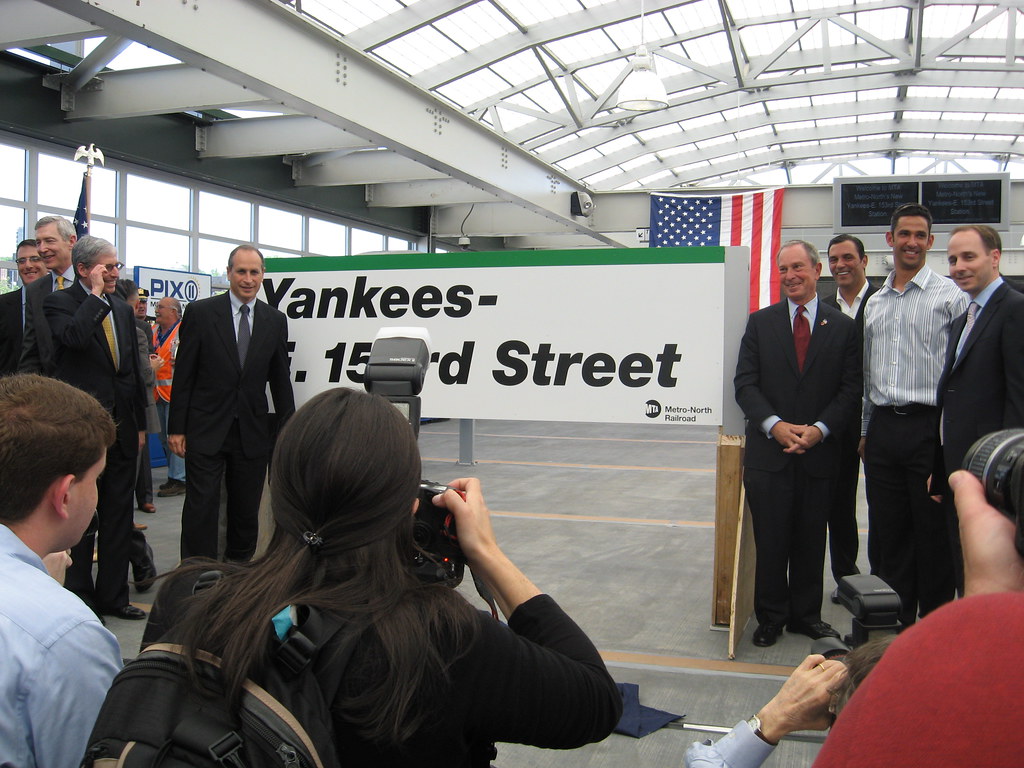These days, sound bleeding from subpar headphones creates many a frustration subway ride, and one day, I’ll tackle the subject of personal music underground. I wanted, though, to direct everyone’s attention to a rather amusing article from last week’s Washington Post with the headline “Publicly, a whole new lewdness” and the subhead “Everywhere you look, porn is suddenly inescapable.”
As you might imagine, it is about the myriad ways people are using their iPhones, iPods and portable video devices to view pornography in public. In particular, Post staff writer Monica Hesse is concerned about the way Metro riders have caught others watching adult films on board. She tells the story of a seat mate who started watching her neighbor’s video with him after it caught her eye. That tale sounds a bit apocryphal though.
Personally, I’ll sometimes glimpse bits and pieces of familiar movies or a recent episode of Lost while riding the subway, but I have yet to catch anyone watching porn while riding the train. I’ve seen what Hesse calls “Drive-By Porn” — when a neighboring SUV on the highway has a porn cued up on the internal DVD player. The subways, though, have remained adult film-free for me. How about for you?


 Chalk this one up to a bad idea.
Chalk this one up to a bad idea. As I rode an F shuttle bus back from Carroll Gardens to Park Slope tonight at a little after midnight, I realized I hadn’t yet had the opportunity to post this weekend’s changes. So here you go. There are a lot of them, but in a few weeks, with the holidays nearly upon, work will slow.
As I rode an F shuttle bus back from Carroll Gardens to Park Slope tonight at a little after midnight, I realized I hadn’t yet had the opportunity to post this weekend’s changes. So here you go. There are a lot of them, but in a few weeks, with the holidays nearly upon, work will slow.


















 Over the last few months, the MTA’s generally tenuous relationship with its union workers — and in particular, the Transport Workers Union — has become strained, and it’s starting to fray. The trouble started when an arbitration panel awarded the TWU 11 percent in raises over the next three years, and although the process was called “binding arbitration,” the MTA could legally appeal the decision on certain grounds. When the agency opted for this path, labor peace started to deteriorate, and things are slowly coming to a head.
Over the last few months, the MTA’s generally tenuous relationship with its union workers — and in particular, the Transport Workers Union — has become strained, and it’s starting to fray. The trouble started when an arbitration panel awarded the TWU 11 percent in raises over the next three years, and although the process was called “binding arbitration,” the MTA could legally appeal the decision on certain grounds. When the agency opted for this path, labor peace started to deteriorate, and things are slowly coming to a head.